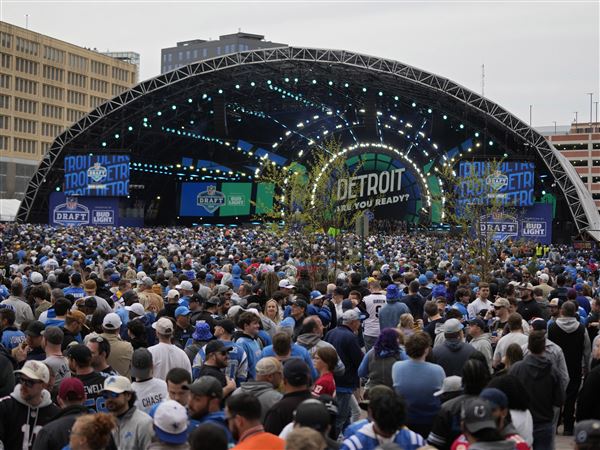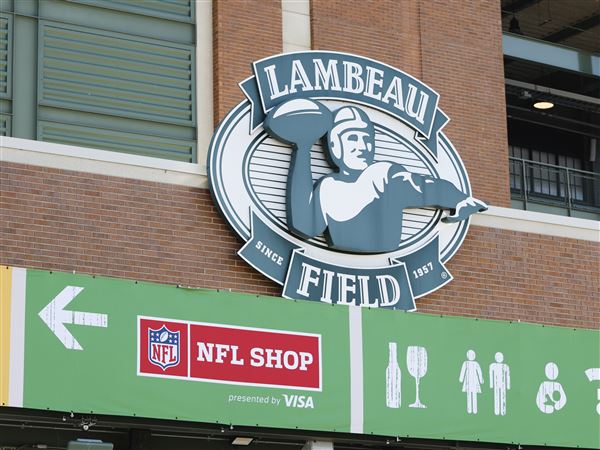On a given Friday night in the fall, you’re likely to find crowds that rival the Riverhounds’ at any number of WPIAL football games.
The city’s pro soccer team drew an average of 2,401 fans this past season, a figure that puts them a lowly 24th in attendance in their 33-team United Soccer League. They’re not exactly a hot ticket.
There is some good reason for that. The USL is the United States’ second division and therefore seen as “minor” league, one that doesn’t seem to be a great fit for growing the sport in a city that’s used to its teams competing at the highest levels in football, hockey, baseball and collegiate sports.
The club also doesn’t have much of a winning track record; it’s topped the standings in its conference/division once and never advanced past the semifinals in any postseason since its 1999 founding.
It’s for those same reasons that you might be surprised to learn that the ’Hounds measure up pretty well globally, posting results that put them among popular lower division teams in other countries — and even ahead of Major League Soccer teams in their own.
FiveThirtyEight.com maintains a “Soccer Power Index” that ranks 628 club teams worldwide, and the Riverhounds come in at No. 484 on that list.
That mark doesn’t exactly put them in Manchester United’s neighborhood or anything, and you’re probably not going to see supporters wearing “We’re No. 484!” shirts any time soon.
Still, it’s good enough that it seems inconsistent with the team’s meager support in the city. Consider:
● Twenty-four USL teams come in behind the Riverhounds, including Cincinnati, Sacramento and Indianapolis. Each of those three average more than 10,000 fans per home game, and Cincinnati is moving up to MLS next season.
●Minnesota, San Jose and Orlando of MLS are only ranked between 11 and 24 spots ahead. Colorado is ranked behind at No. 531. Average attendance for those teams is 20,533.
● The Riverhounds rank ahead of three of the five best draws in soccer-crazed England’s third division, League One. All of them average more than 10,000 fans per game.
● Similar stories can be found in Italy’s second-division Serie B, Spain’s second-division La Liga 2, Germany’s second-division 2 Bundesliga and France’s second-division Ligue 2. All of them include teams ranked behind the Riverhounds that draw more than 10,000 fans per game.
Of course, a ranking this detailed cuts both ways. There are teams ranked ahead of the Riverhounds that have comparable attendance. They’re not a dramatic outlier or anything.
What these numbers do tell us is that a team of the Pittsburgh soccer club’s quality could find a substantially larger audience somewhere else, even in places where the sport is more ingrained in the culture than it is here and where fans have, perhaps, higher expectations.
Ask the Riverhounds, and they’re not concerned about that reality. General manager Kevin Johnston told the Post-Gazette that he doesn’t feel the team is undervalued locally. Rather:
“The Greater Pittsburgh area is becoming more knowledgeable about the game, and I feel is now beginning to realize we have a quality product to offer,” Johnston said in an email.
Indeed, the Riverhounds finished third in the USL’s 16-team Eastern Conference in 2018, slotting in behind only Louisville and MLS-bound Cincinnati. A disappointing flameout against Bethlehem in the quarterfinals of the USL Cup playoffs notwithstanding, it was one of the club’s best seasons ever.
Mentions of those results were difficult to find in the Riverhounds’ marketing at times, though. Radio ads, for example, were as likely to tout dollar beer specials before kickoff as the relevance of matches at Highmark Stadium. Johnston said fan experience appeals like those will continue, citing affordability for families.
The reality, he feels, is that winning will ultimately sell itself. The Riverhounds just need to do a better job of providing it than they did from 2011-17, when they finished 10th or worse in the standings five times.
“Sustained performance is definitely a key,” he said. “You can see it in any sport. People want to be part of a winner.”
They appear to have one now, which will make 2019 an interesting barometer for soccer’s potential in the city.
Adam Bittner: abittner@post-gazette.com and Twitter @fugimaster24.
First Published: January 15, 2019, 3:21 p.m.




















